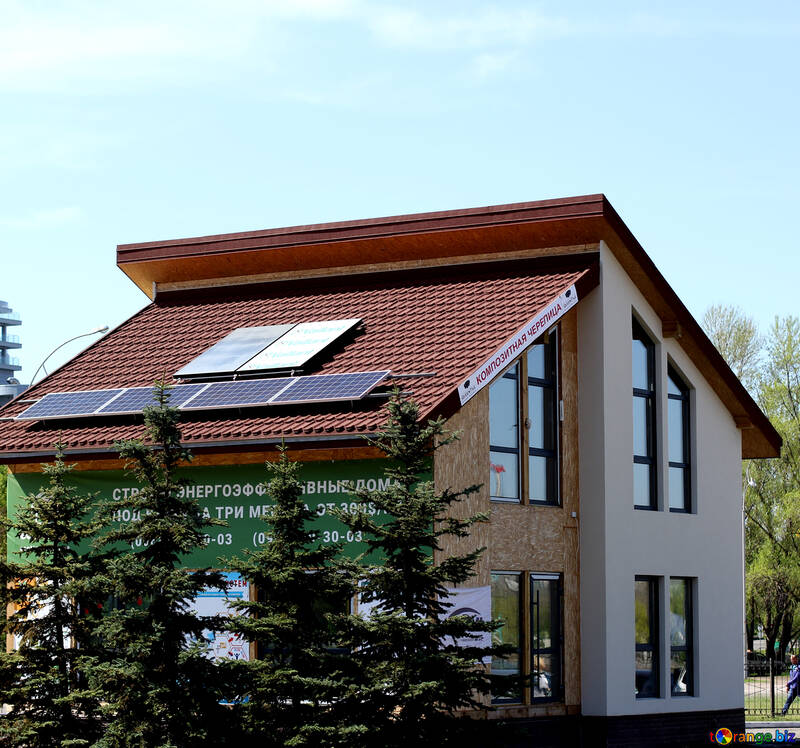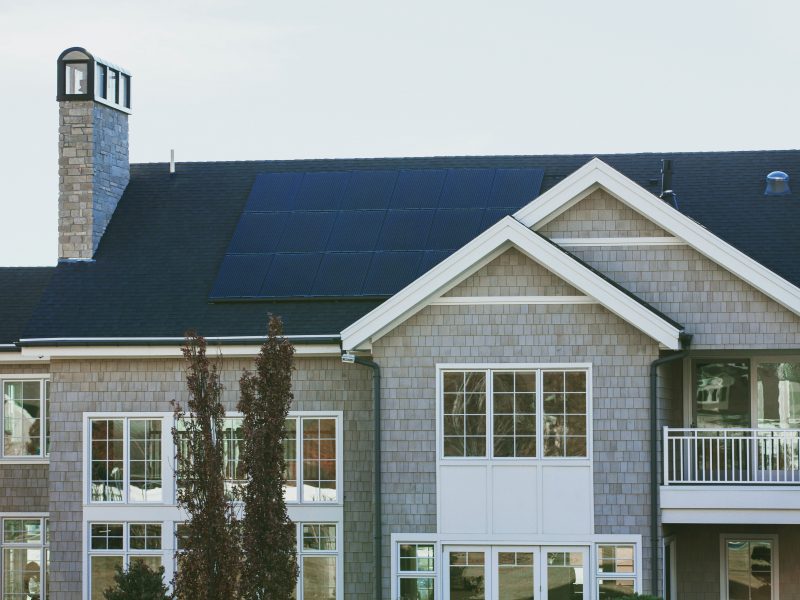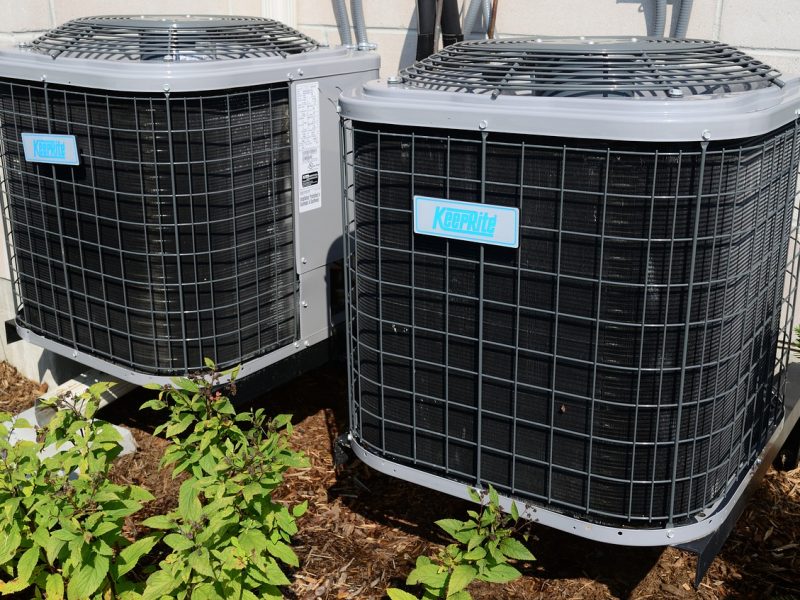
What you need to know about solar panels’ recycling
Over the past 10 years, houses with solar panels on the roofs have gone from passer-by curiosity to common thing. Moreover, in 1960th, solar-powered satellites were used in astrology, and back in the years of World War II, the systems, converting solar energy into heat, were already used in the US homes. Today, for example, the state of Pennsylvania is 22th in the USA for solar energy, but, even taking it into account, you will see many solar panels, when spending time in this state. You can use car rental Pittsburgh under 25 and have a closer look at them.
How can you earn on solar panels and what should be done with old used panels, read next.

Selling electricity to the grid at a green tariff.
Installing a network station is the easiest and most practical way to use solar electricity. To operate such a station, neither expensive batteries, nor sophisticated control devices are needed. You simply install the photo modules and connect them to the network inverter. Then you connect this inverter to the network through the electric energy-metering device. In this case, you do not need to worry about the safety and compliance of the inverter characteristics with the network characteristics. The inverter automation synchronizes it with the network and ensures that the station is switched off in the event of an emergency operation of the network.
Preparing for panels’ utilization in advance.
Solar panels’ service life is about 42-47 years. Depending on the type and nature of use of batteries, their service life is about 7 years. Unfortunately, only third part of all manufacturers take the solar panels, made by them, for recycling. It is not really a problem, as the demand for spent solar panels today is growing. Since the extraction of rare metals is becoming an increasingly expensive, the processing of panels needs efficient organization of their reuse. In countries with transitional economy, already used solar modules can be installed. Thanks to more intense solar radiation, these modules can generate more electricity.
Moreover, a secondary market for wind power and photovoltaic installations, where used equipment can find further application, already exists.

In most countries, solar panels are classified as general or industrial waste, and they are managed in accordance with the usual requirements for the treatment and disposal of waste. In addition to such universal regulation, voluntary and regulatory approaches for the special management of ‘solar garbage’ are being developed in different countries. The examples are:
-
The European Union
They were the first to introduce waste management rules for solar power plants – modules must be disposed in accordance with the Waste Electrical and Electronic Equipment Directive. Since 2012, the provisions of the WEEE Directive have been incorporated into national legislation by EU member states, creating the first market in which the processing of solar modules is mandatory.
-
The United States
Here, panel recycling is regulated by the Resource Conservation and Recovery Act, which is the legal basis for managing hazardous and non-hazardous waste.
-
India
Photovoltaic waste is managed by the Ministry of the Environment, Forests and Climate Change in accordance with the 2016 Solid Waste Management Rules.
-
Japan
Spent solar panels fall under the general Waste Management and Public Cleansing Act. In 2017, the Japan Photovoltaic Energy Association published guidelines for the proper handling of solar modules at the end of their life-in-service, but the document is recommendatory. Additionally, the NEDO is developing processing technology.

Dismantling power plants and modules’ recycling – economics.
The issue of the profitability of processing solar modules does not have a clear answer. It is believed that with large volumes of waste (at least 20,000 tons per year), break-even processes can be achieved within the framework of the appropriate enterprises. The issue of the economics of recycling modules is often considered in the context of the elimination of larger facilities. Design and permit documentation for the construction of large solar power plants usually includes requirements for the dismantling of facilities after the end of their service life and the restoration of land to its original state.
In order for the net costs of decommissioning to pay off, the cost of recovered materials and / or the cost of the vacated land must exceed the costs of decommissioning. On the one hand, the complete dismantling of a photovoltaic solar power plant is a fairly simple operation, since there are no capital buildings with serious foundations. On the other hand, such facilities use a large amount of steel, copper and aluminum, and the value of these materials may well exceed the costs of decommissioning.
Today, the use of solar panels has no boundaries. Every day, more and more often, they are successfully used in a wide variety of industries, in agriculture, the military-space industry, and even in people’s daily lives. In order to understand how extensive the use of solar panels is in your country today, you just need to make a small research and you will be ready to take advantage of the solar energy.





